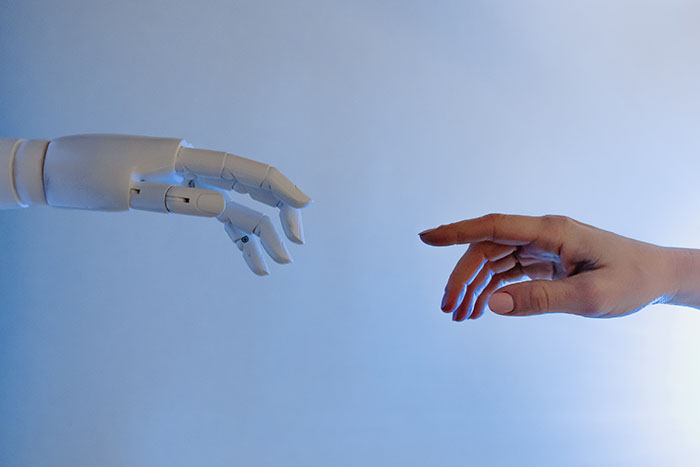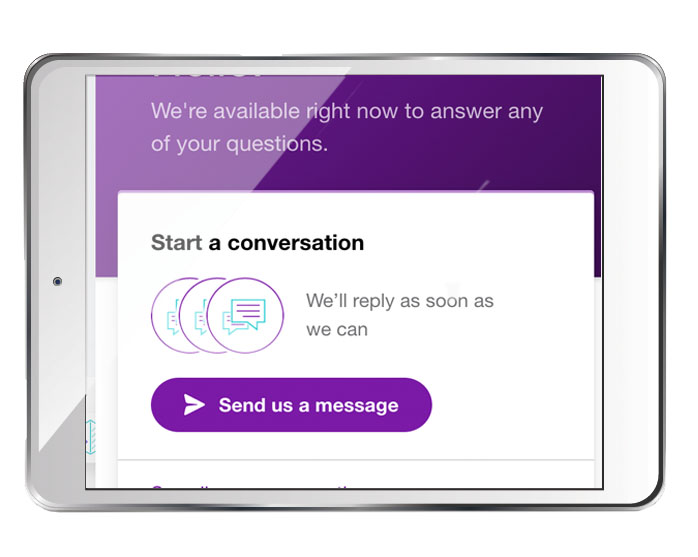How to Improve the Buyer’s Journey with AI-Powered Optimization

Could AI-powered optimization be important for your digital footprint? Find out more about AI’s role in today’s marketplace. Photo by Tara Winstead from Pexels
In our highly digital world, marketing with artificial intelligence (AI) eliminates the risk of human error when streamlining your campaigns. Although AI currently lacks the attributes that make humans human, it is able to generate reports using pure data. With the guiding hand of AI, you can effectively create customer touchpoints and boost your return on investment (ROI).
Mimicking the problem-solving capabilities of the human brain, AI works to enhance the understanding of customers’ needs and how to persuade them to buy products. Many businesses have adopted AI to augment human efforts in narrow and broad tasks. Keep reading as we dive into what makes AI-powered optimization both a need for the future and the present.
AI in Performance Marketing
Performance marketing refers to online campaigns where advertisers pay for achieved results. With this, it is important to constantly be tracking and measuring gains and losses. Before the introduction of AI, the analysis of data had to be done manually, which could take quite some time considering there could be millions of data points. Through AI-powered optimization, real-time adjustments can be made, with the tools now being faster and further reaching.
AI provides several benefits to performance marketing, including continuous machine learning. With the ability to learn from its experiences, without needing programming to do so, AI can shift its functionality as necessary. It can even add context to asset performance predictions, assisting companies in locating impending problems and repairs, thus increasing overall uptime and reducing incidents.
Natural Language Processing
Striving to respond to text and voice data in a way that is similar to humans, natural language processing (NLP) refers to the branch of artificial intelligence concerned with amplifying the abilities of computers. NLP understands the human language through its combining of machine learning and computational linguistics to gather the underlying sentiment of the writer. Considering the human language is so diverse, NLP tasks actively work to break down the data beyond just words on a screen, extracting context, categorizing content, and summarizing documents.
NLP adds numeric structure to data, which is useful in resolving language ambiguity. Automation is now critical to the analysis of language-based data, considering the immense amount of daily data being generated. Unlike humans, who are bound by overactive brains and the need to sleep, machines that use NLP provide sentiment analysis that is unbiased and consistent, simplifying mission-critical business processes.
Chatbots

Example of an AI-powered chat program integrated on a website.
As a computer program that allows interaction between humans and technology, chatbots are used as a primary customer service channel, responding in a conversational style to consumers’ questions. Businesses can provide 24/7 access to chatbots via phone, email, and live chat. Programmed to work independently of an operator, chatbots use a combination of machine learning and scripts to sound like people.
Gartner found that, by 2022, 70% of white-collar workers will interact with a chatbot every day.
In 1964, computer scientist Joseph Weizenbaum developed the first chatbot, ELIZA, which was very basic in its simulation of human conversation in comparison to modern AI-powered chatbots. Rather than solely being a question-and-answer tool, chatbots today increase the operational efficiency of businesses through their role as virtual assistants. This can be seen with the rise of Siri in iOS technology and Amazon’s Alexa, just to name a couple.
How is AI Being Used Today?
AI-powered optimization has significantly changed the way businesses convert prospects. It uses highly detailed data from individuals to create personalized offers. Ultimately, AI makes day-to-day marketing tasks easier. Google is a platform known for its AI, using Dynamic Search Ads to crawl websites and generate relevant headlines, and Analytics Intelligence to share insights you may not even have considered.
With the ability to generate and curate content, AI cuts operational costs by accomplishing more in less time. An example of this comes from The Washington Post, which employed its homegrown AI technology, Heliograf, to write 850 articles in its first year.
Wayfair, an e-commerce furniture retailer, uses AI to promote products for customers based on their browsing histories. Targeted advertising is a way for marketers to focus on consumer preferences without coming across as too aggressive. By applying this method, AI helps guide customers’ searches during the consideration stage of the buyer’s journey and can increase the likelihood of cross-selling them later.
In the coming years, artificial intelligence is projected to take on larger roles in marketing. While the human touch is still needed for customer connection, AI-powered optimization is certainly taking over on the technical side. Regardless of your company’s size, AI will improve your productivity.
Are you using AI in your business? Tell us your story.
Posted in: News, Small Business, Web Application Development, Web Design Resource, Web Development, WWW Learning Center
Comments are closed.
Latest & Greatest
- Web Design Approaches to Login Page Design
- Unlocking the Power of User-Generated Content
- Beyond Pretty Pictures: Why Solid Web Design Matters (More Than You May Think)
- Getting Creative with Your 404 Not Found Page Design
- Web Design Solutions: Which Option Is Right For You?
- Maximize Your Site Redesign Budget: What Texas Web Developers Need From You for a Cost-Effective Collaboration
- Responsive Web Design in Austin: Why It Matters For Your Local Business
